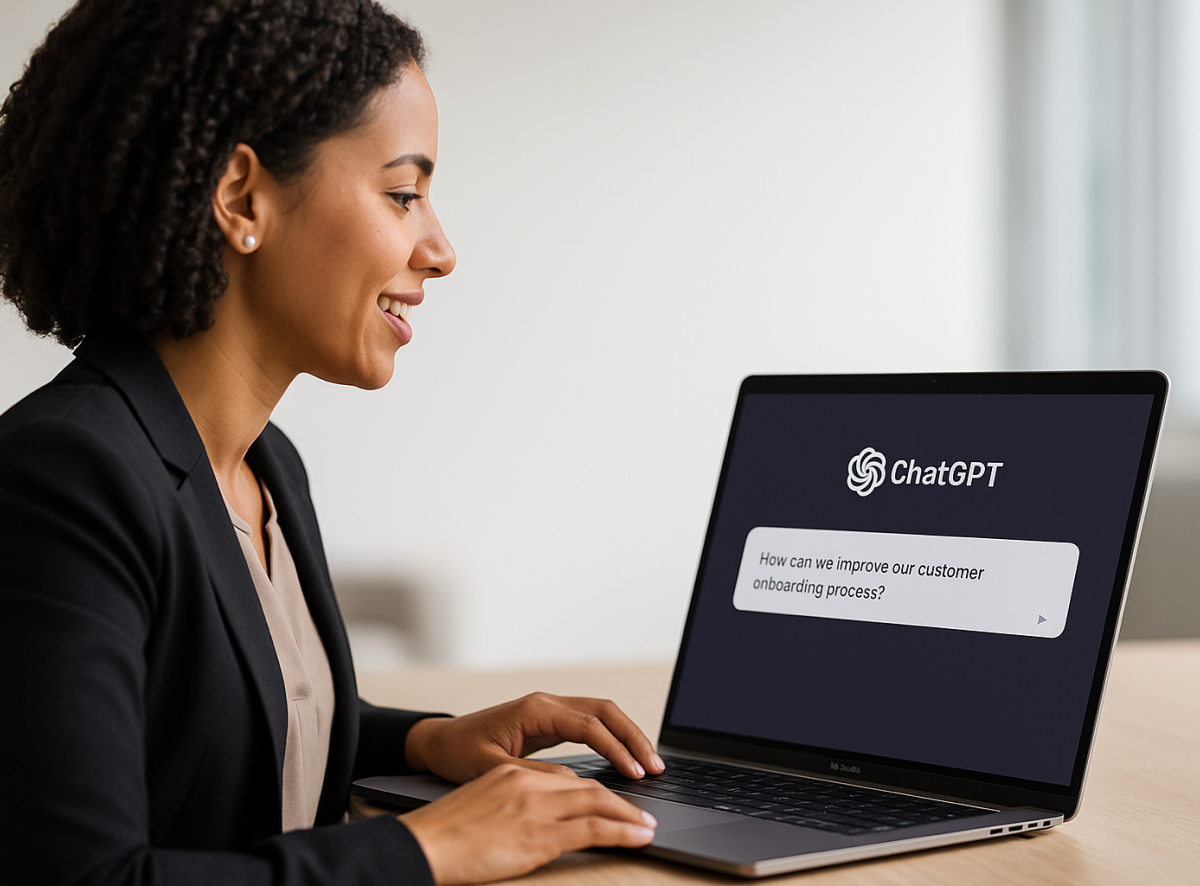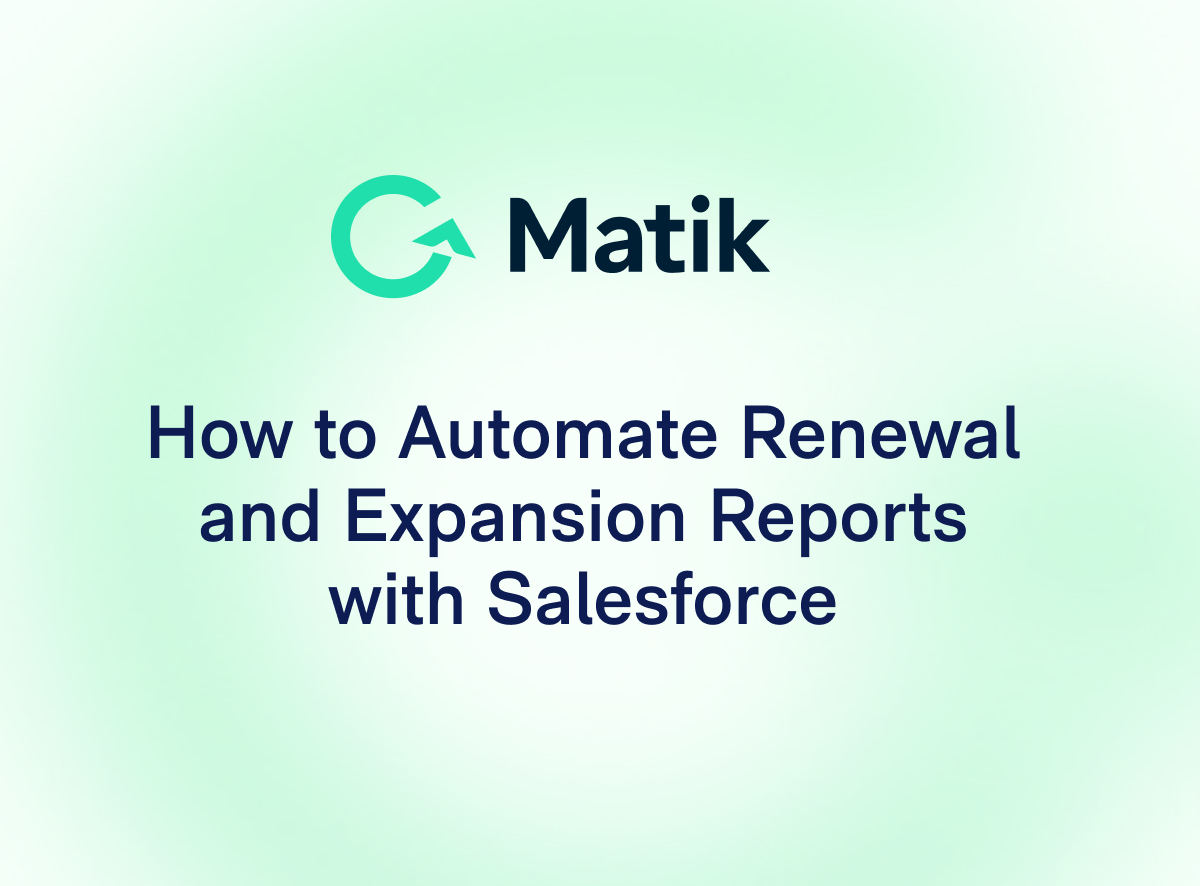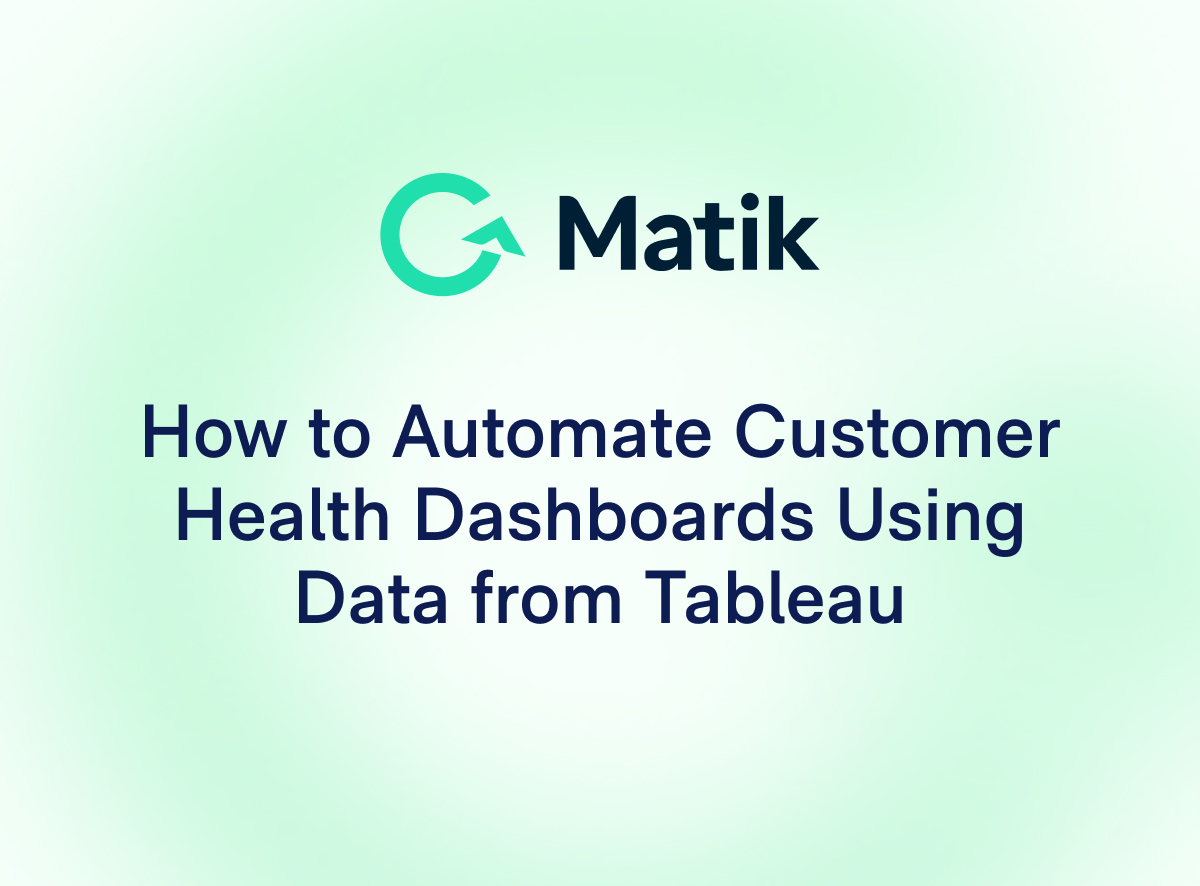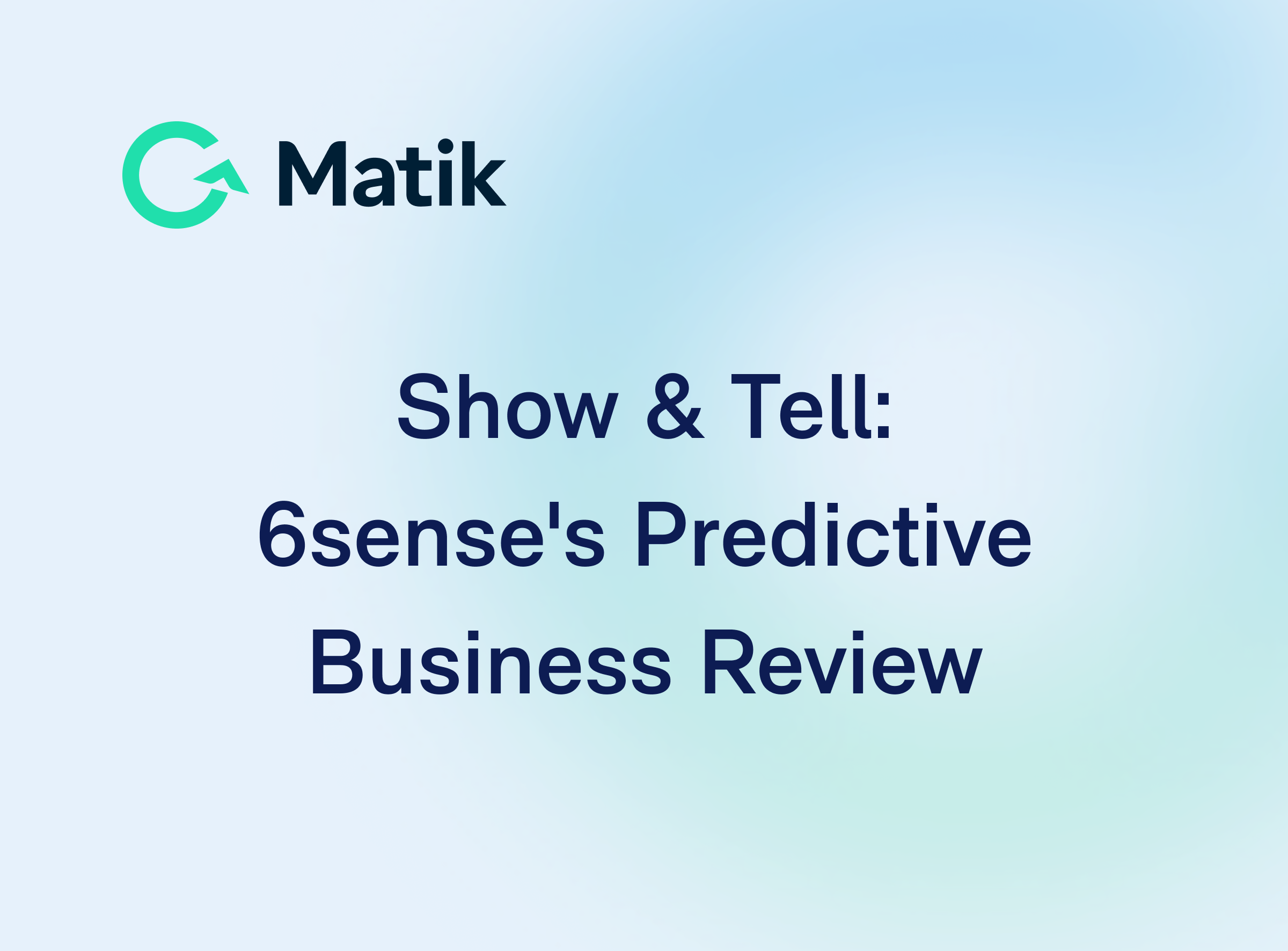Join Our Newsletter
If you work in customer success and are worried about AI replacing you, the great news is that’s definitely not happening soon for many reasons. For example, when you ask ChatGPT how to create a quarterly business review, you'll get suggestions that are probably not what you’re thinking of for your next customer meeting. When we asked ChatGPT to build a QBR for us, it was missing a few essential pieces:
- Training. At the end of the day, you can set up whatever processes to streamline the creation of QBRs, but unless the end user (the customer success team) feels confident using it, it’s simply not going to work. An automation tool can help with adoption, especially if it delivered the content in a user-friendly format, and requires little to no edits/changes.
- Automate the QA part. A good QBR automation process pulls data and drops it as text into a QBR. A great QBR automation process pulls data and creates visualizations based off of it. The best QBR automation process pulls data, creates visualizations, and then automatically removes metrics that aren’t great. Help the end user out and minimize the chance of errors.
- Branding. Nothing says "I’m slapping this presentation together" more than unbranded graphics. Whatever tool you’re using better be able to not only create data visualizations, but make sure they are properly following your company’s brand guidelines.
Prompts to Ask ChatGPT
However, ChatGPT can be a powerful tool when you’re building your next business review deck or doing any sort of ROI analysis. Here are some prompts to help you do quick research and further tailor your next prospect or customer conversation:
- How has [company name] been doing the past year? This is a great way to first get a sense of how your account has been performing at a high-level. Use this information to tailor the narrative of your presentation & show that you’ve been doing your homework.
- What are [company name]’s top priorities? Use this information to help impact ROI metrics back to what’s important at the company. Of course, you should always double check that this is aligned with the priorities of the company stakeholders you are working with.
- Who are [company name]’s competitors? Get a quick list of your account’s top competitors so that you can pull their data in for benchmarking. You become a subject matter expert when you can tell your account that competitors in their industry are seeing a certain impact with your product because they use it in a certain way (all anonymized of course!).
Automate QBR Creation with ChatGPT
While ChatGPT can't fully automate the process of QBR creation, there are other tactics that can be used to simplify the process and make life easier for customer success teams. Here are some steps you could follow to automate the creation of QBRs:
- Define your process and data sources: Determine what data and information is required to create your QBRs, and where that data is stored. This could include data from your customer relationship management (CRM) system, financial reporting, and project management tools, among others.
- Choose an automation tool: There are many tools available that can help you automate the creation of QBRs, including spreadsheet software such as Microsoft Excel or Google Sheets, workflow automation tools like Zapier, and specialized reporting and data visualization tools.
- Connect your data sources: Using the chosen automation tool, connect your data sources to extract the necessary data for your QBRs. You may need to do some data processing or manipulation to get the data into the format you need for your reports.
- Create a template: Create a template for your QBRs that includes all the relevant data, information, and graphics you need. Make sure to format the template in a way that is easy to update and maintain.
- Set up the automation: Using the automation tool, set up a process that automates the creation of QBRs using the template. This could involve scheduling the reports to run on a regular basis, such as monthly or quarterly, or triggering the report creation based on certain events or conditions.
- Continuously review and refine: Once the automation process is set up, continuously review and refine the process to ensure that it is working effectively and efficiently. This may involve updating the data sources, changing the data processing steps, or modifying the template as needed.
These are just general steps, and the exact process for automating the creation of QBRs may vary depending on your specific needs and the tools you use.
Creating an ROI Analysis with ChatGPT
Finally, we ran another test on ChatGPT to see how good it’s answer was—this time we asked it how to create an ROI analysis. The answer was fine if you’re creating a generic, internal ROI analysis, but if you’re creating one for a sales prospect or current customer, we can’t recommend it. (Yes, we did try how do I create an ROI analysis for a sales prospect, and it basically replaced the word investment with sales prospect).
Here’s the high-level approach we recommend:
- Figure out what problem your product is solving and what the impact of solving that problem is for a company. That’s the metric you want to quantify for prospects & customers. For example, at Matik, we know that automating data-driven presentations will help save time, save money and influence revenue.
- Determine the inputs you need to get there. These inputs are unique to your product or service. At Matik it’s knowing how many data-driven presentations a team is creating today, and how long it takes to create one of these.
- Connect the dots. How do those inputs get you that impact? For our analysis, we subtract the time it takes to create a presentation on Matik (a matter of minutes) from the time it takes the customer to do so today. That’s time saved per presentation. Multiply that by number of presentations being created today, and that’s time saved for the whole team. Multiply that by salary to get how much money you can save the company.
- Take into account a future state as well. Don’t think about just the pain you can solve a customer today, but also think about the opportunity you can unlock for them.
At Matik, we also provide an ROI estimate for scaling data-driven content, and for creating more data-driven content & more touchpoints for each account.
Want to make QBR creation easier while still keeping content personalized? Check out our Essential QBR Presentation Template here, and our QBR One-Pager Template here.
---
Interested in Matik? Request a Demo















